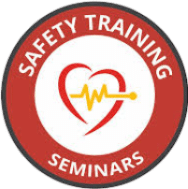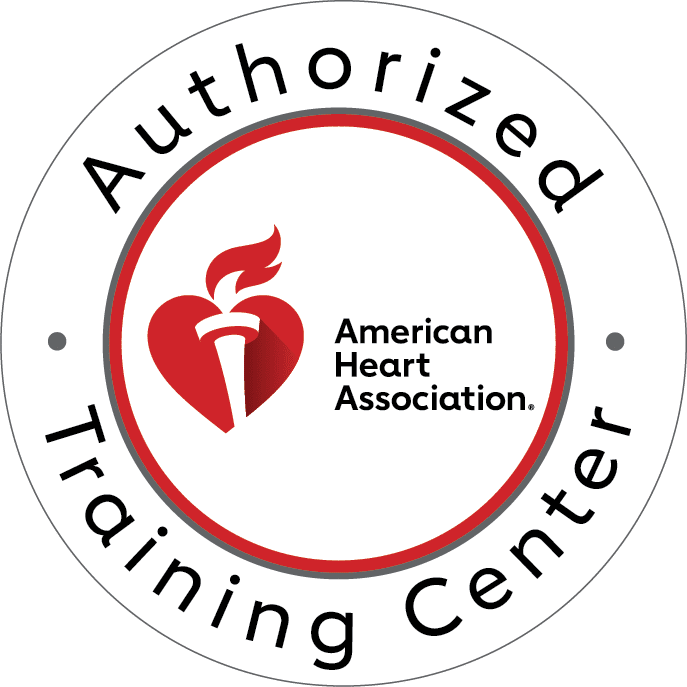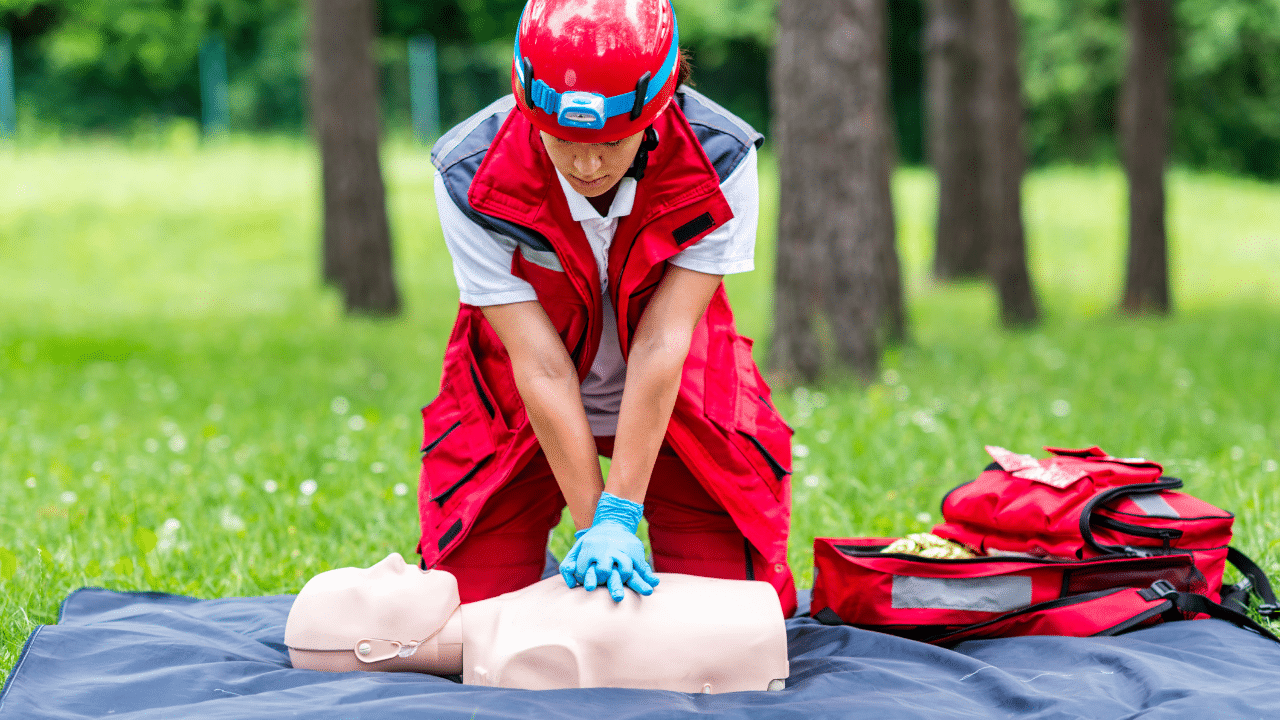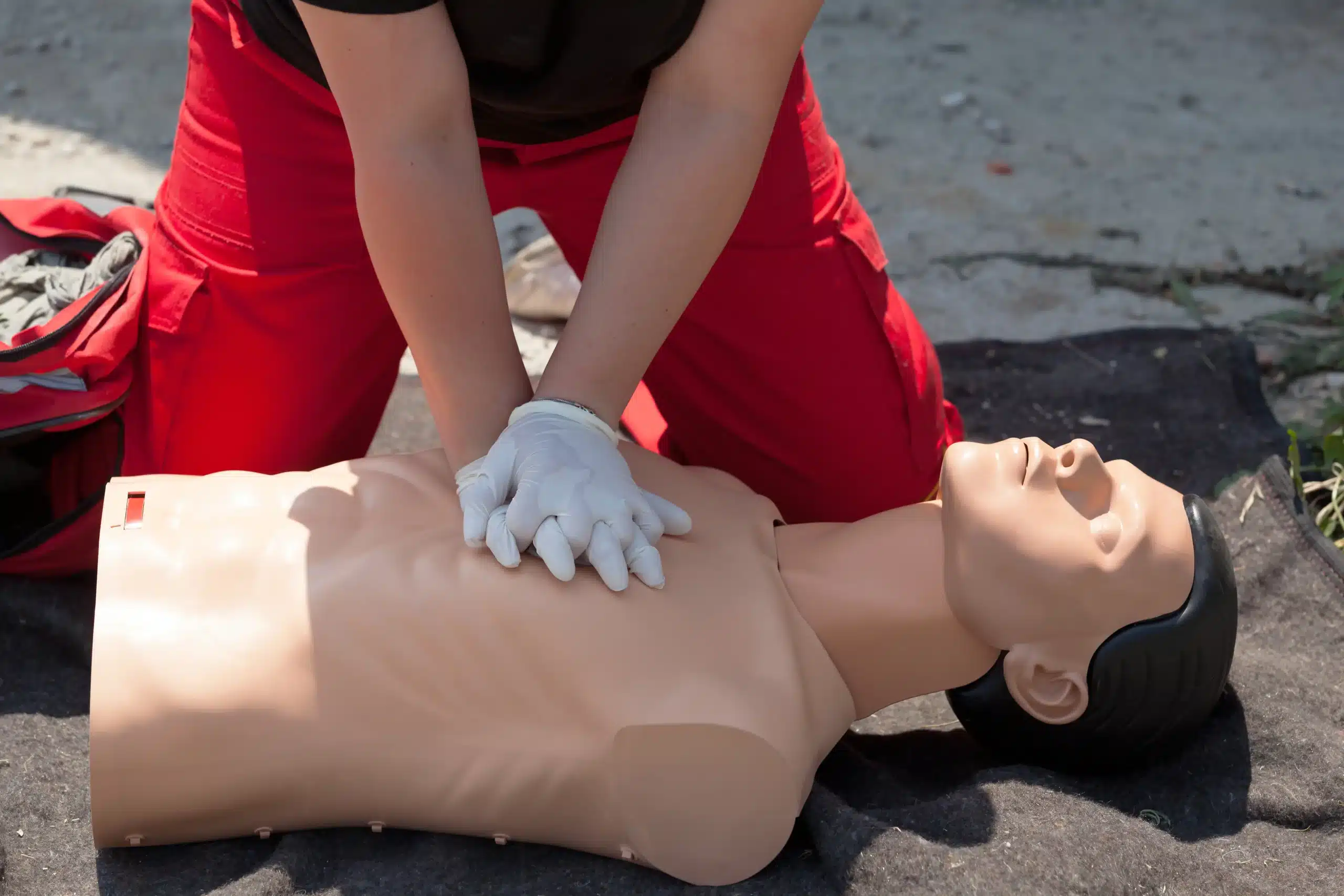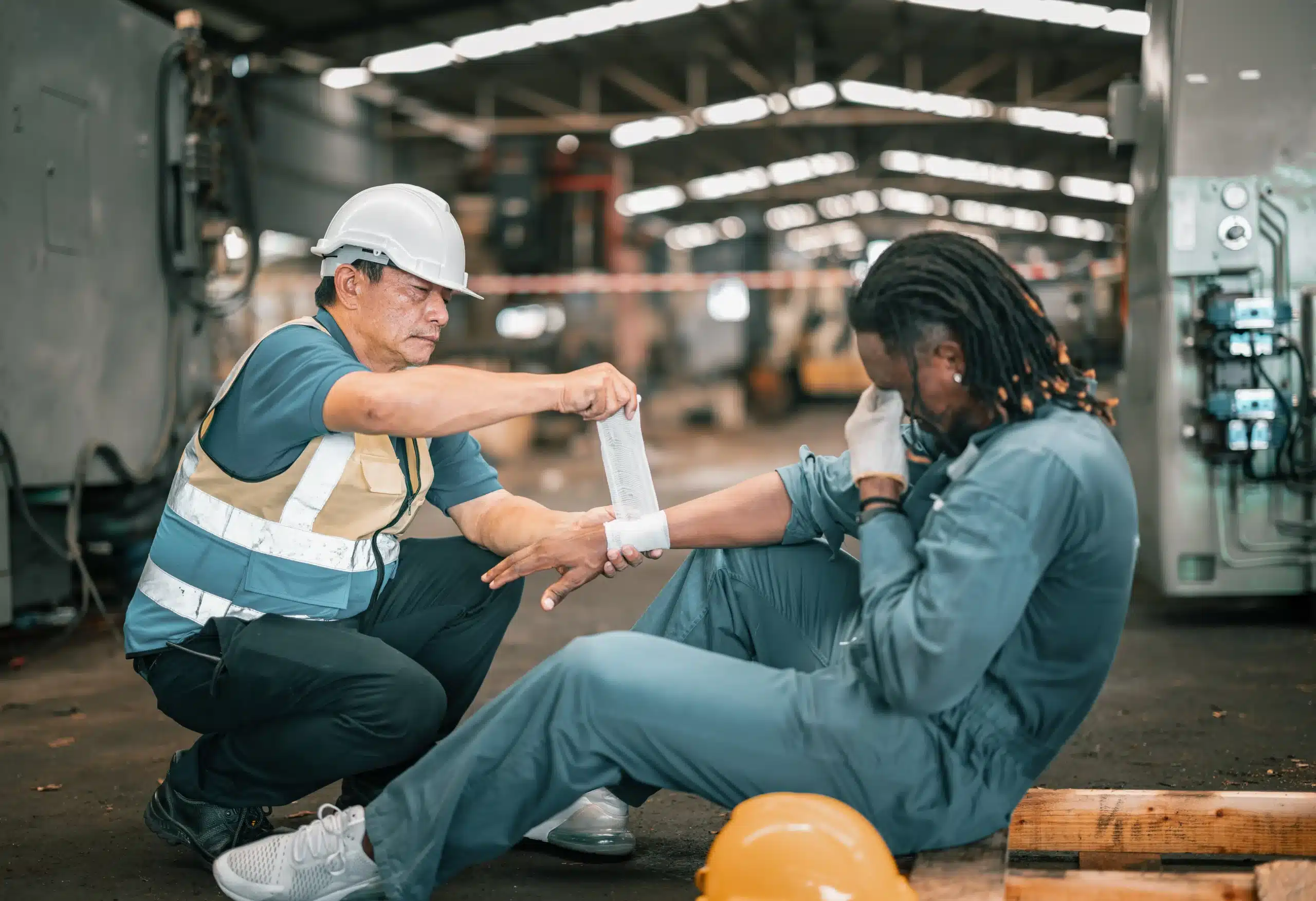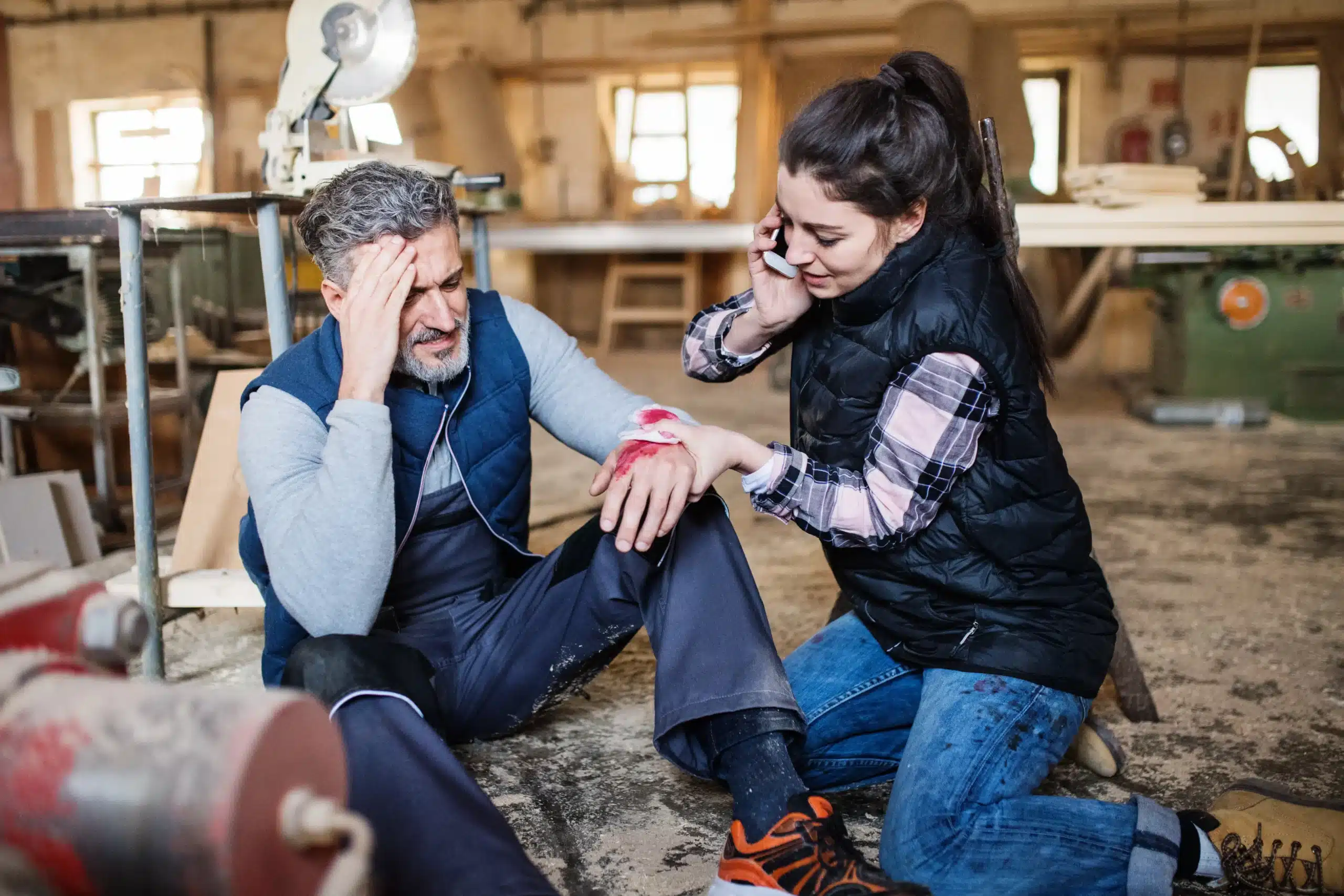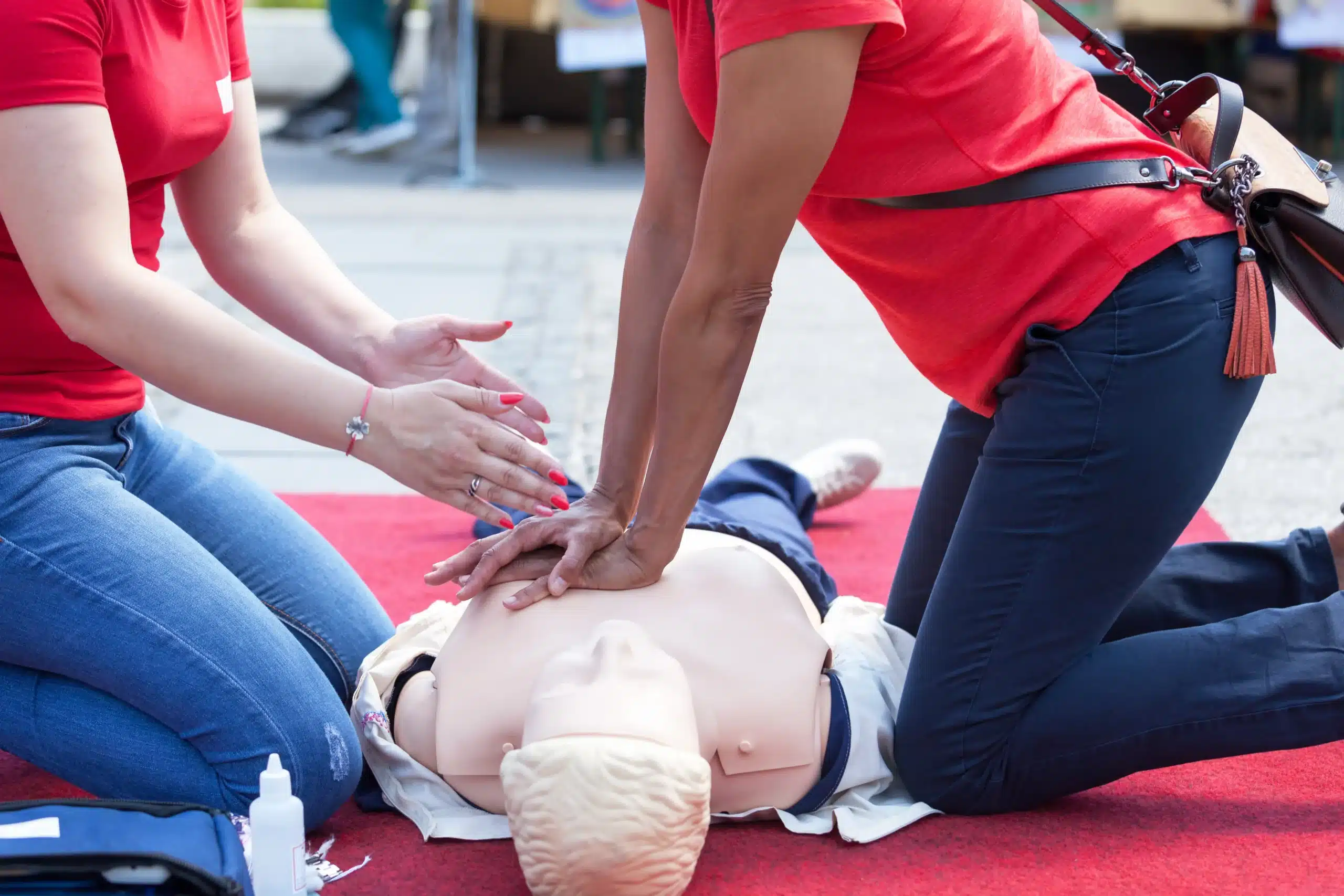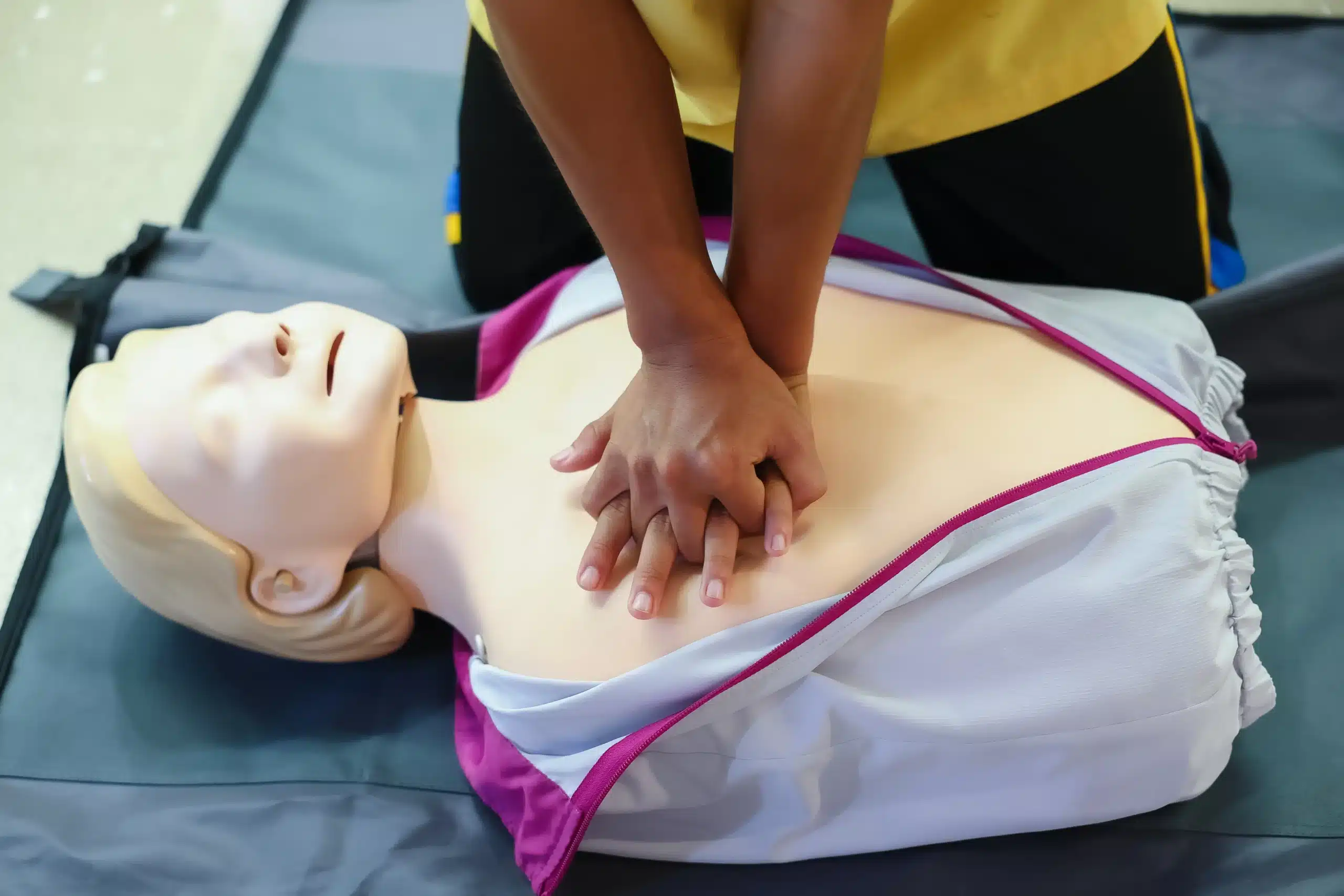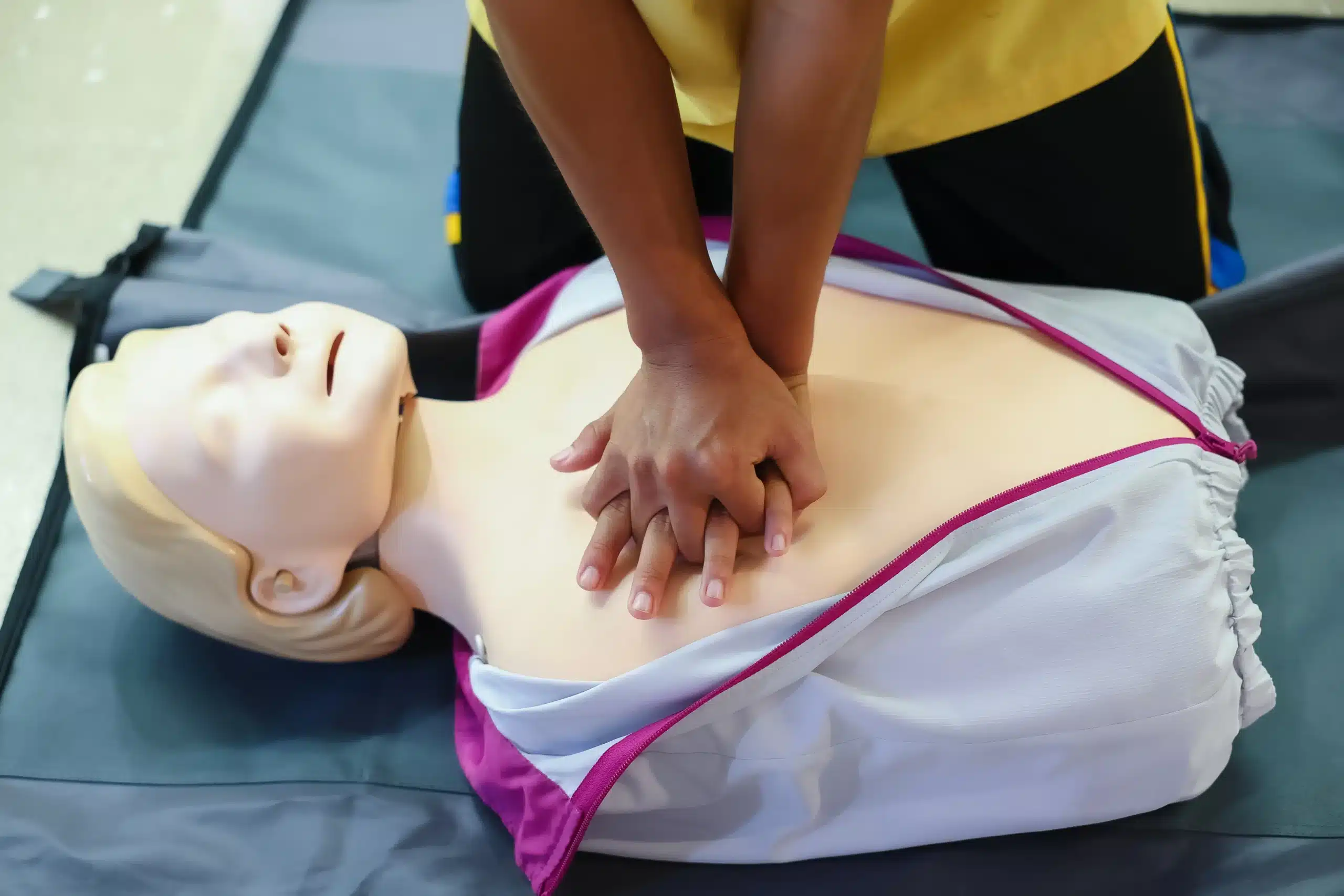Cardiac arrest is a critical medical emergency that requires immediate intervention to increase the chances of survival and reduce the likelihood of long-term damage. In San Jose, California, the role of bystander CPR (Cardiopulmonary Resuscitation) is particularly significant. With the right training and awareness, ordinary citizens can become lifesavers, profoundly impacting public health. This article delves into the importance, prevalence, and impact of bystander CPR in San Jose, highlighting local initiatives and success stories.
The Critical Need for Bystander CPR
Cardiac arrest occurs when the heart suddenly stops beating, disrupting blood flow to the brain and other vital organs. According to the American Heart Association (AHA), more than 350,000 out-of-hospital cardiac arrests happen annually in the United States. Unfortunately, survival rates are low, primarily because most victims do not receive timely and adequate CPR from bystanders.
Immediate CPR, especially when combined with the use of an Automated External Defibrillator (AED), can double or even triple a victim’s chance of survival. Bystander intervention is crucial during the critical first few minutes before emergency medical services (EMS) arrive.
The State of Bystander CPR in San Jose
In San Jose, several factors influence the effectiveness and prevalence of bystander CPR. These include public awareness, accessibility of training programs, and community initiatives.
Public Awareness and Training
Public awareness campaigns play a vital role in educating citizens about the importance of CPR. Organizations like the AHA, Red Cross, and local health departments regularly conduct outreach programs to raise awareness and offer training. In San Jose, community centers, schools, and workplaces often host free or low-cost CPR training sessions to encourage widespread participation.
Accessibility of Training Programs
Accessibility to CPR training is a critical factor in ensuring more bystanders are equipped to act in emergencies. San Jose benefits from a variety of accessible training programs:
- American Red Cross: The Red Cross offers CPR training sessions that are easily accessible to the public. They provide both in-person and online courses to accommodate different needs and schedules (American Red Cross)(University of Houston).
- American Heart Association (AHA): The AHA’s Hands-Only CPR initiative simplifies the training process, making it easier for people to learn the basics without the need for extensive coursework (cpr.heart.org)(cpr.heart.org).
- Santa Clara County Fire Department: The local fire department offers regular CPR training sessions at fire stations and community centers, emphasizing hands-on practice and immediate application of skills (University of Houston).
- Project Heartbeat: This city initiative focuses on increasing the number of trained individuals and AED placements throughout San Jose. They collaborate with schools, businesses, and community organizations to provide training and resources (American Red Cross) (University of Houston).
Impact of Bystander CPR in San Jose
The impact of bystander CPR in San Jose is multifaceted, affecting survival rates, community resilience, and public health.
Increased Survival Rates
When bystanders perform CPR promptly, the chances of survival and recovery for cardiac arrest victims significantly improve. Data from the AHA suggests that communities with higher rates of bystander CPR have notably better survival outcomes. In San Jose, continuous efforts to train the public have led to more instances of successful resuscitation by laypersons before EMS arrival (cpr.heart.org) (cpr.heart.org).
Community Resilience and Empowerment
Bystander CPR training empowers residents to take action in emergencies, fostering a sense of community resilience. People who know how to perform CPR are more likely to step in and help during a cardiac emergency, creating a safer and more supportive environment.
Real-Life Success Stories
San Jose has seen numerous instances where trained bystanders have saved lives through prompt CPR action. These stories often highlight the effectiveness of community training programs and the importance of public readiness. For example, in several reported cases, quick intervention by family members, colleagues, or even strangers has made the difference between life and death for cardiac arrest victims (American Red Cross) (University of Houston).
Challenges and Opportunities
While significant progress has been made, challenges remain in ensuring widespread CPR readiness in San Jose.
Challenges
- Awareness and Participation: Despite ongoing efforts, some segments of the population remain unaware of or uninterested in CPR training. Overcoming this requires continuous outreach and education.
- Retention of Skills: CPR skills can diminish over time if not practiced regularly. Refreshers and periodic training updates are necessary to maintain proficiency.
- Cultural and Language Barriers: In a diverse city like San Jose, providing CPR training in multiple languages and culturally relevant formats is essential to reach all community members.
Opportunities
- Technology Integration: Utilizing technology, such as mobile apps that guide CPR steps or virtual reality training simulations, can enhance learning and retention.
- School Programs: Integrating CPR training into school curriculums ensures that the younger generation is equipped with these lifesaving skills from an early age.
- Public-Private Partnerships: Collaborations between public health agencies, private companies, and non-profits can expand the reach and resources available for CPR training initiatives.
Health Pro’s Verdict:
Bystander CPR is a critical component of emergency response in San Jose, CA. Through effective training programs and public awareness campaigns, the community can significantly improve survival rates for cardiac arrest victims. The efforts of organizations like the AHA, Red Cross, and local fire departments, combined with initiatives like Project Heartbeat, ensure that more citizens are prepared to act in emergencies.
As San Jose continues to grow and evolve, maintaining a strong focus on CPR training and readiness will be vital. The city can create a safer, healthier, and more resilient community by empowering residents with the knowledge and skills to save lives.
